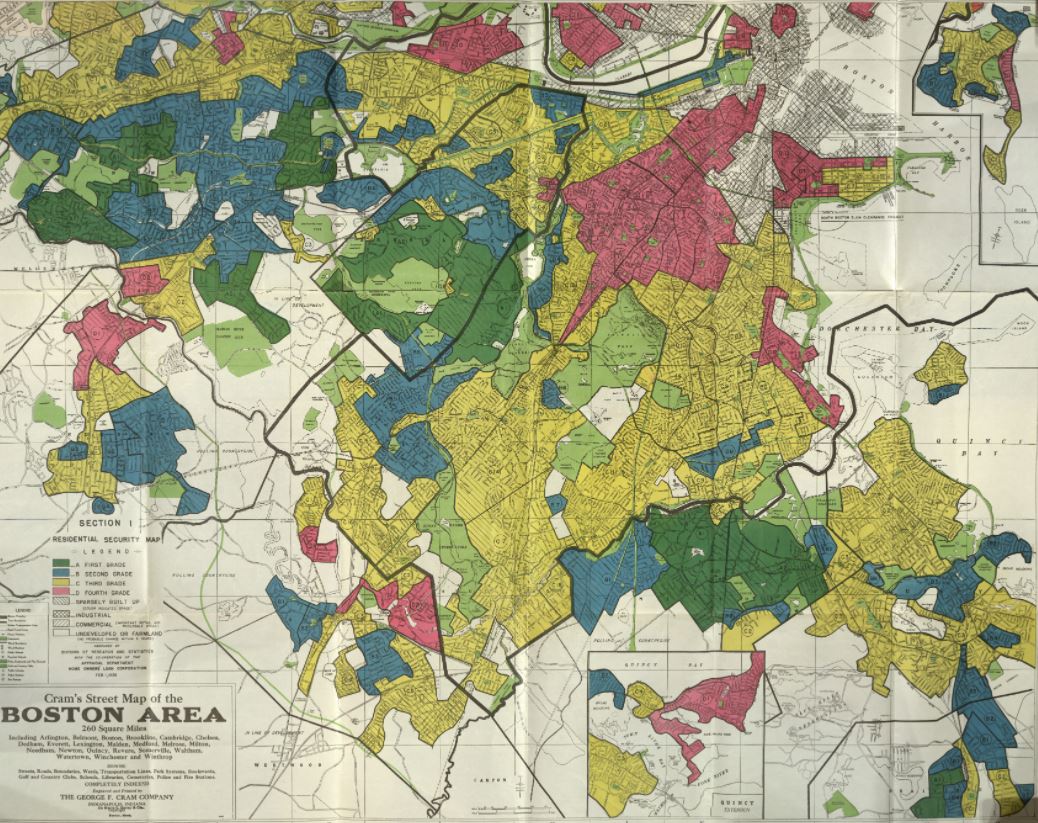
Slow Space: Defining Fair Building Practices
Our Slow Space blog series continues with exploring how we define “Fair” in Good, Clean and Fair.
Everyone should have equal access to health, wealth, justice, and opportunity regardless of their race, gender, religion, sexual orientation, legal status, or other circumstance. Inequity manifests itself vividly in the design of buildings and cities with resources directed unfairly. Redlining has created socioeconomic pockets of underserved communities where housing, schools, and other public services are sub-par.
Rather than being a steady source of middle class jobs, the construction industry is a contributor to modern slavery, both in the US and around the world. The field of architecture has a history of excluding women and minorities, using unpaid interns, and misclassifying employees to get free work.
Fair is the social justice lens through which we evaluate the challenges faced in the design and construction industry.
Inclusivity
We uphold the dignity and worth of all people and hope to create a world where everyone can live and learn from one another in harmony. This means including people of all races, religions, sexual identities, economic positions, and abilities in the neighborhoods where we live.
But we are far from that reality right now.
A century of redlining and segregation turned our once diverse cities into socio-economic enclaves divided by race and class. This segregation was intentional, created by a continuous set of ‘de jure’ policies at the federal, state, and local levels as shown by Richard Rothstein in the groundbreaking book “The Color of Law.”1 Now we have an uphill battle to undo the harm that has been done.

Home Owners Loan Corporation Redlining Map of Boston, 1938.
Non-discrimination
We believe housing is a human right, and that good, clean, and fair housing should be available to all people regardless of race, gender, sexual orientation, socioeconomic position, ability constraints, or any other classification.
We uphold and promote the tenets of the Fair Housing Act (FHA), otherwise known as Titles VIII through IX of the Civil Rights Act of 1968, which prohibits discrimination in the sale, rental, and financing of housing based on race, religion, national origin, sex, disability, and family status, including pregnancy.2
Marginalized groups, specifically Black Americans, have historically been blocked from homeownership through racist public and private policies known as redlining.3
We must actively repair the damage done by these policies through strict non-discrimination enforcement, policy change, reparative housing initiatives, and by creating more affordable home- ownership opportunities for Black Americans.
Affordability
Everyone should have access to housing that is good, clean, and fair, regardless of their income level and where they live. Market rate housing in most affluent towns and neighborhoods is out of reach for groups in low income categories, and for those historically blocked from homeownership.
Market forces, together with redlining policies, have created underserved urban areas cut off from access to better schools, jobs, and networking opportunities.
Our goal is to create mixed income housing in urban and suburban locations with a minimum of 25% affordable units by 2030.
Accessibility
Housing should be accessible to people of all abilities without marginalization or stigma. The Americans with Disabilities Act (ADA) of 1990 sets forth minimum accessible design standards. Universal Design goes further to say these spaces should be designed without the need for adaptation or specialized design elements that call attention to specific users.4
Community Partnership
Our design and construction processes are centered around people and their well-being. This human centered design approach is rooted in empathy and guided by ongoing community partnerships, research, reflection, and iteration.
We understand that residents are the experts in their communities; they know what is needed and desired and can best identify the types of housing, services, and infrastructure that should exist in their neighborhood.
Community input is an inherent part of our design process. We partner with communities as co-designers to ensure our housing developments do not displace current residents, but rather promote equity, affordability, and inclusivity.5
We engage with the community throughout design and construction through outreach meetings and events to get to know the people and their goals for the future. These events are also a way to introduce the community to the concepts of good, clean, and fair, and how those standards are integrated into the project.
We research the specific needs and conditions of a community when looking for a development site. Every neighborhood is unique in its demographics, culture, amenities, and needs. Research includes speaking with local officials, holding community meetings, and surveying the immediate area.
Now that we’ve defined fair building practices, in our next article we will discuss fair labor and labor exploitation in the construction industry.
Read the next post in our series: SLOW SPACE: FAIR LABOR IN CONSTRUCTION.
End Notes:
1 Richard Rothstein, “The Color of Law: A Forgotten History Of How Our Government Segregated America,” Liverwright: 2017
2 US Department of Housing and Urban Development, “Housing Discrmination Under the Fair Housing Act.”
3 Richard Rothstein, “The Color of Law: A Forgotten History Of How Our Government Segregated America,” Liverwright: 2017
4 National Center on Health, Physical Activity and Disability, “The Principles of Universal Design,” nchpad.org.
5 References for Anti-Displacement: Tiffany Manuel, “Who Gets To Live Where, and Why? The Answers May Be Settled by Our Narratives,” shelterforce.org: 1/30/18; Housing Development Consortium, “Anti-Displacement Policies, Programs, Positions,” housingconsortium.org; National Coalition For Asian Pacific American Community Development & Council For Native Hawaiian Advancement, “Anti-Displacement Strategies,” 2016.




